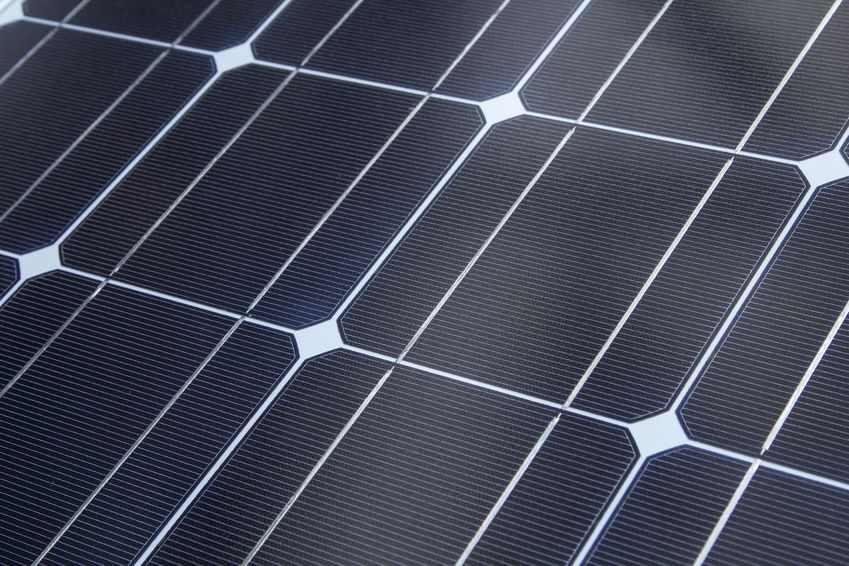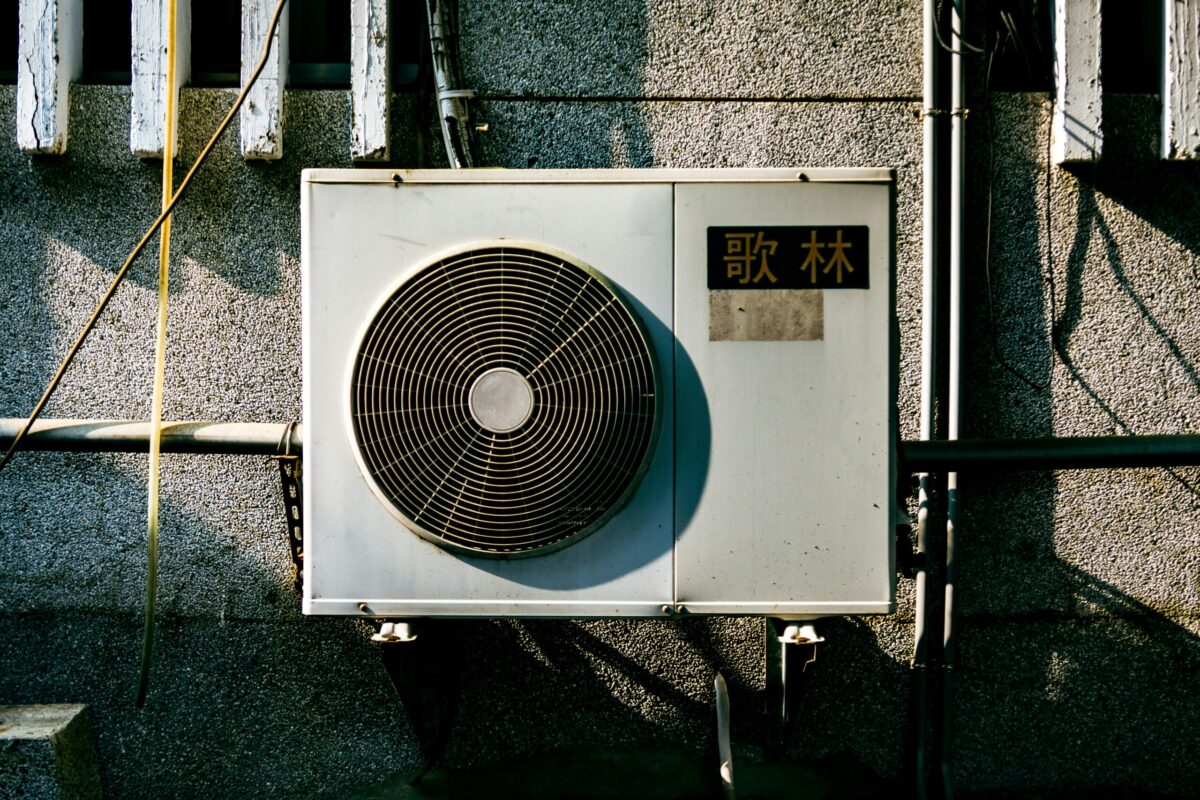Trina Solar, the Tier 1 Chinese solar manufacturer, has announced that it has reached a record 22.61% efficiency for its p-type mono-crystalline silicon PERC cell based on a large-sized (243.23 cm squared) boron-doped Cz-Si substrate.
This record surpasses the company’s previous world record of 21.1% set in July under industrial conditions, and is the highest conversion efficiency so far achieved using a low-cost industrial process on such a large substrate.
The efficiency has been verified by Germany’s Fraunhofer ISE CalLab, Trina Solar confirmed. Its State Key Laboratory of PV Science and Technology of China (SKL PVST) achieved the record using back surface passivation, front surface advanced passivation and anti-LID technologies on the PERC cell.
“Over the last few year, our R&D team at SKL PVST has managed to continuously improve the efficiency of our mono- and multi-crystalline silicon PERC solar cells, pushing the limits of technology and surpassing our previous records,” said Trina Solar chief scientist and VP Pierre Verlinden.
Verlinden added that Trina is eager to demonstrate that PERC cell production is achievable on an industrial scale, and confirmed that the goal of reaching 25% efficiency – first found possible by the University of New South Wales under lab conditions 17 years ago – is within grasp.
“In an innovation-driven PV industry,” he continued, “Trina Solar has always been focused on improving cell conversion efficiency and reducing system costs through the development of leading-edge PV technologies and products. Our goal is to insist on technological innovation and transfer as quickly as possible the laboratory technology to commercial production.”
In July, Trina’s 21.1% record was achieved using its standard production lines. This figure was just 1% shy of the world record achieved in laboratory conditions in 2015. Mono PERC efficiency records under have been broken regularly in 2016, with Taiwan’s Gintech reaching 21.44% in January, albeit under laboratory conditions. SolarWorld managed 22% that same month, but believes it requires a little more time to transfer such efficiencies into mass production.
This content is protected by copyright and may not be reused. If you want to cooperate with us and would like to reuse some of our content, please contact: editors@pv-magazine.com.



Trina’s research lab is a “State Key Laboratory”. That means, according to Wikipedia, that it receives state funding as well as kudos. The recognition clearly gives Trina an advantage as against its rival Tier 1 pv manufacturers. Do Trina get to keep the IP, or has it to be shared with others on the Fraunhofer model?